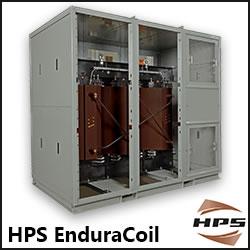Berkeley Lab Study
Continued Reductions in Wind Energy Costs
Solar on Houses Needed for 2020 Target
IREC's National 3iAwards Presented For Innovation, Ingenuity & Inspiration in Clean Energy
Think Wind Power Is Cheap Now? Wait Until 2030
China's Solar Panel Glut Undermines Its Agreement with the EU
Silicon Carbide (SiC) Inverter Technology Increases Efficiency to 99%
New technology puts solar power to work all night long
Alternative Energy Project Financing
Is solar power in nuclear disaster exclusion zones advisable?
Is Rent-to-Own Solar Power the Answer?
Special News Report for Solar Power International 2016
Increasing the Storage Capacity of Lithium Batteries
Why large-scale wind power is so hard to build
Batteries Get a Boost From California Utilities
Solarodo - New and Used Solar Equipment Marketplace
Records 2461 to 2475 of 5378
First | Previous | Next | Last
Featured Product

